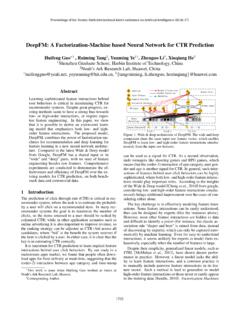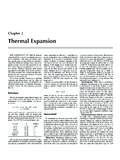Fea Ture
Found 9 free book(s)LTE-M DEPL OYMENT GUIDE T O BASIC FEA TURE SET …
www.gsma.comFEA TURE SET REQUIREMENT S JUNE 2019. ltE-m dEploymEnt GuidE to BaSic fEaturE SEt rEQuirEmEntS 1 ExEcutivE Summary 4 2 introduction 5 2.1 Overview 5 2.2 Scope 5 2.3 Definitions 6 2.4 Abbreviations 6 2.5 References 9 3 GSma minimum BaSElinE for ltE-m intEropEraBility - proBlEm StatEmEnt 10
D riving licence No Date of i ssue: Photograph Va lid Till ...
parivahan.gov.inSigna ture of the Issuing Authority ..... Identifi ca tion of Issuing Authority ..... Note. --The provision for s ec urity featu res like the ghost im age and/or the hologram would be ... The conc erned Sta te Go vernments will provide the following fea tures in the lice nce, in M ac hine R ea dable Zone: --
A Fast and Accurate Dependency Parser using Neural Networks
nlp.stanford.eduThe fea-ture generation of indicator features is gen-erally expensive — we have to concatenate some words, POS tags, or arc labels for gen-erating feature strings, and look them up in a huge table containing several millions of fea-tures. In our experiments, more than 95% of
Least Squares Optimization with L1-Norm Regularization
www.cs.ubc.cature selection method, and thus can give low variance fea-ture selection, compared to the high variance performance of typical subset selection techniques [1]. Furthermore, this does not come with a large disadvantage over subset selec-tion methods, since it …
node2vec: Scalable Feature Learning for Networks
cs.stanford.edumize a reasonable objective required for scalable unsupervised fea-ture learning in networks. Classic approaches based on linear and non-linear dimensionality reduction techniques such as Principal Component Analysis, Multi-Dimensional Scaling and their exten-sions [3, 27, 30, 35] optimize an objective that transforms a repre-
arXiv:1904.11492v1 [cs.CV] 25 Apr 2019
arxiv.org=1 as the fea-ture map of one input instance (e.g., an image or video), where Np is the number of positions in the feature map (e.g., Np=HW for image, Np=HWT for video). x and z denote the input and output of the non-local block, respectively, which have the same dimensions. The non-local block can then be expressed as
arXiv:2108.10257v1 [eess.IV] 23 Aug 2021
arxiv.orgture designs such as residual learning [43,51] and dense connections [97,81]. Although the performance is sig-nificantly improved compared with traditional model-based *Corresponding author. 0.2 0.4 0.6 0.8 1.0 1.2 Number of Parameters 1e8 32.45 32.50 32.55 32.60 32.65 32.70 PSNR (dB) EDSR (CVPR2017) RNAN (ICLR2019) OISR (CVPR2019) RDN ...
DeepFM: A Factorization-Machine based Neural Network …
www.ijcai.orgSpecifically, the raw fea-ture input vector for CTR prediction is usually highly sparse3, super high-dimensional4, categorical-continuous-mixed, and grouped in fields (e.g., gender, location, age). This suggests an embedding layer to compress the input vector to a low-
Chapter 2 Thermal Expansion - Rice University
www.owlnet.rice.eduFinite-element analysis (FEA) software such as NASTRAN (MSC Software) requires that α be input, not α−. Heating or cooling affects all the dimensions of a body of material, with a resultant change in volume. Volume changes may be determined from: ∆V/V 0 = α V∆T where ∆V and V 0 are the volume change and original volume, respectively ...
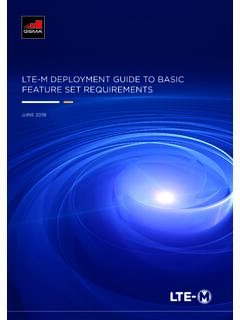

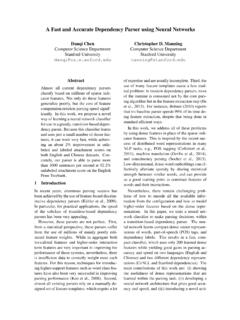
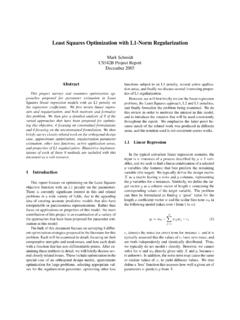

![arXiv:1904.11492v1 [cs.CV] 25 Apr 2019](/cache/preview/0/f/c/9/2/3/5/6/thumb-0fc923567ef27fd201c8d49b0825181d.jpg)
![arXiv:2108.10257v1 [eess.IV] 23 Aug 2021](/cache/preview/3/d/d/7/6/1/e/7/thumb-3dd761e7890ab5469fdc51e58d1e6b71.jpg)
